32 Types of Pasta
Pasta, a staple Italian dish, is cooked as noodles, baked, or even eaten as soups. Presently there are 350 different types of pasta based on the shape, which may vary from spiral, tubular, circular, square, or even flat.
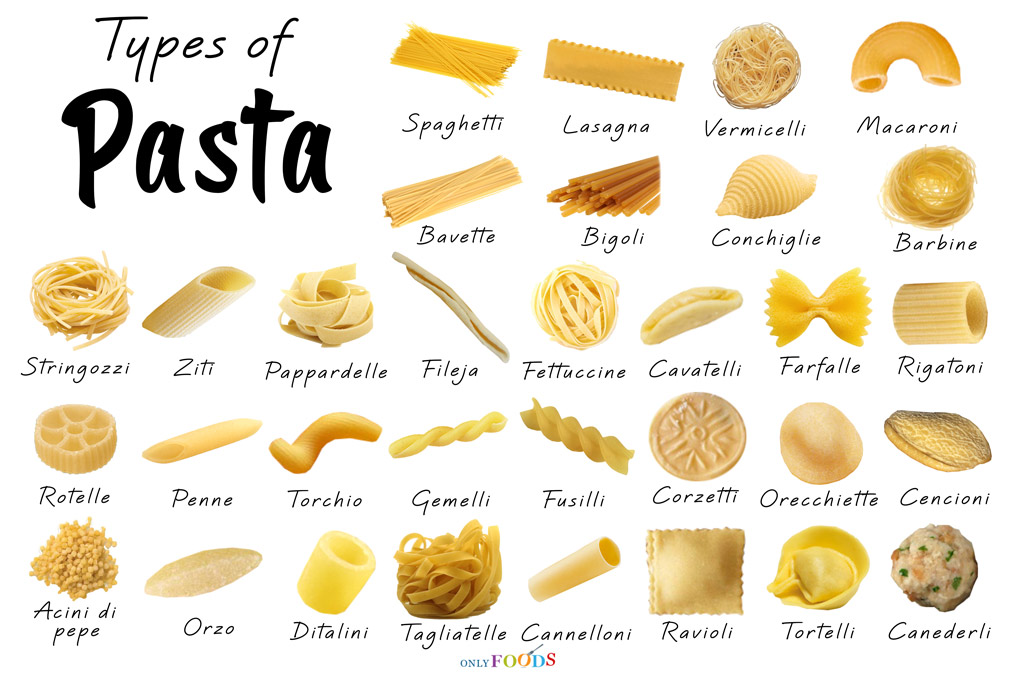
32 Types of Pasta
Table Of Content
All Types of Pasta Based on Shape |
|
| 1. Long and Medium Length Pasta
Description: Mostly long and thick or thin, made through the process of cutting, rolling, or extrusion. Examples: Spaghetti, Lasagna, Bigoli, Barbina |
2. Short Cut Pasta
Description: Short, thick, and tubular, mostly made through extrusion. Examples: Cavatelli, Farafell, Rigatoni, Penne |
| 3. Stretched Pasta
Description: Has a disc-like shape, made on a wooden board. Examples: Orecchiette, Cencioni, Corzetti, Foglie d’ulivo |
4. Soup Pasta
Description: A short-cut variety, as small as beads, used in soups. Examples: Acini di pepe, Ditalini, Orzo |
| 5. Pasta With Filling
Description: Mostly circular or semi-circular, these pasta types are used for stuffing or filling. Examples: Cannelloni, Ravioli, Tortelli |
6. Gnocchi and gnocchetti
Description: Small dumpling shaped pasta Examples: Donderet, Canederli |
List of 32 Different Varieties of Pasta
1. Spaghetti
Long and cylindrical, typical Italian spaghetti has durum wheat semolina as its primary ingredient, while other varieties of flour also go in its making. Spaghetti, the plural of spaghetto, translates to twine or thin string. Spaghettoni, spaghettini, and capellini are some of its variations.
Type: Long and Medium Length
Preferred sauces: Tomato-based sauces containing herbs, meat, vegetables, and olive oil.
Ideal for: Salads, as a side dish
Cooking time: 9 to 11 minutes
2. Lasagna
Wide and flat having ridged edges, Lasagna is the oldest pasta types. The same name refers to a dish made with layers of pasta, with stuffings of cheese, vegetables, and meat.
Type: Long and Medium Length
Preferred sauces: Tomato-based, meat-based, white
Ideal for: Meat dishes, salads
Cooking time: 11-15 minutes
3. Vermicelli
A popular pasta variety, it has a striking similarity to spaghetti, though its texture and pattern differs from one country to the other. In Italy, it is slightly thicker, while the U.S. types are thinner. On the other hand, in Vietnam, it is almost similar to capellini or angel hair, a rod-shaped pasta.
Type: Long and Medium Length
Preferred sauces: Tomato-based
Ideal for: Soups, chicken and fish dishes
Cooking time: 5-7 minutes
4. Macaroni
A dry, tubular pasta, prepared using durum wheat, mostly made through extrusion. There is also a curved variety known as elbow macaroni. It is one of the most sought-after pasta types for preparing a whole lot of cuisines, the most popular being macaroni and cheese, immensely famous in North America, as well as a sweet macaroni pudding, mostly eaten in Great Britain.
Type: Short-cut
Preferred sauces: Creamy, tomato-based
Ideal for: Macaroni pudding (eaten in Great Britain), macaroni and cheese dishes (popular in North America)
Cooking time: 9 to 12 minutes
5. Bavette
Another ribbon-like pasta, this is the narrower form of tagliatelle, slightly convex in shape with a flat section, perfect for retaining sauces. Originating in Genoa, it is one of the longest pasta varieties of the ancient times.
Type: Long and Medium Length
Preferred sauces: Traditional pesto sauces
Ideal for: Salads, meat and vegetable dishes
Cooking time: 6-9 minutes
6. Conchiglie (Shells)
Alternately referred to as “seashells” or “shells,” as that is how they look, conchiglie has an open cavity. It is also available in a host of colors like red or green, made from tomato and spinach extracts, respectively.
Type: Short-cut
Preferred sauces: Tomato-based, thick cheese, creamy
Ideal for: Salads, soups, baked dishes
Cooking time: 10-12 minutes
7. Bigoli
Long and thick, it initially had buckwheat flour as its prime ingredient, though at present whole wheat flour goes into its making. Duck eggs are often included, alongside milk or water, salt and butter. Originating in Italy’s Veneto, there are a lot of speculations regarding its name. Some say it to be derived from “bigat,” meaning caterpillar or the Latin word “bombyx,” translating to a bug. It has a rough texture hence being able to hold sauces well.
Type: Long and Medium Length
Preferred sauces: Duck ragu (meat sauce)
Ideal for: Sausage and turnip greens dish as well as swordfish and cherry tomato platter
Cooking time: 9-12 minutes
8. Barbine
Barbine has long strands, mostly sold in a coiled nest’s shape.
Type: Long and Medium Length
Preferred sauces: Tomato-based, hot sauce
Ideal for: Meat and vegetable dishes
Cooking time: 2-4 minutes
9. Stringozzi
A notable wheat pasta, originating in Italy’s Umbria, it has a long, rectangular appearance, made using the hand. Since it has a striking resemblance to strings or shoelaces, it has been named Stringozzi.
Type: Long and Medium Length
Preferred sauces: Tomato-based, meat ragu
Ideal for: Black truffle
Cooking time: 11-14 minutes
10. Fettuccine
Flat and ribbon-like, fettuccine has a thick appearance, traditionally prepared with flour and eggs. It is almost similar to tagliatelle, except for being narrower than the latter. Spinach fettuccine, a variation, has spinach as the additional ingredient alongside eggs and flour. Fettuccine Alfredo, also comprising of Parmesan cheese and butter, is one of the popular dishes made with this pasta.
Type: Long and Medium Length
Preferred sauces: Chicken ragu and beef ragu
Ideal for: Vegetable and chicken platter
Cooking time: 10-12 minutes
11. Pappardelle
Large, flat, and ribbon-like, this pasta originated in the Tuscany region. The fresh ones, made solely from durum wheat, have flute edges, while those having dried eggs as their ingredient appear straight, with a creamy and fluffy texture.
Type: Long and Medium Length
Preferred sauces: Tomato-based, vegetable and meat
Ideal for: Sausage and mushroom dishes
Cooking time: 7-10 minutes
12. Ziti
Ziti is a tube-like pasta having a length of about 2 inches, with a smooth texture, particularly on the sides. Toppings or sauces for this pasta should be chosen in a way that they stick firmly to its flat ends.
Type: Long and Medium Length
Preferred sauces: Tomato-based, and meat
Ideal for: Baked dishes and casserole
Cooking time: 10-12 minutes
13. Tagliatelle
Long and ribbon-shaped, with a width of 6.5 to 10 mm, this traditional pasta variety has its origination in Italy’s Marche and Emilia-Romagna region. Another variation of this kind is the tagliolini, which appears long and cylindrical. Both these types have eggs as their primary ingredients apart from flour. As legend has it, a court chef of the House of Este, derived inspiration by the hairstyle of one of the noblewomen in creating this pasta type. Rough and porous in texture, it blends well with thick sauces.
Type: Long and Medium Length
Preferred sauces: Thick sauces made from meat like beef, pork, veal or even rabbit; breadcrumbs and nuts sauce (briciole e noci), Pomodoro e Basilica (basil and tomato), Uovo e Formaggio (cheese and eggs)
Ideal for: Seafood dishes rich in garlic and oil
Cooking time: 7 to 10 minutes
14. Cavatelli
They have a small, shell-like appearance, made from a dough of eggless semolina, with ricotta cheese occasionally added to specific variants. Cavatelli is known by different names in several regions of Italy, like pizzicarieddi in Apulia and parmatieddi in Campania. This variety is mostly cooked with broccoli rabe or broccoli.
Type: Short-cut
Preferred sauces: Tomato-based, creamy
Ideal for: Broccoli or broccoli rabe dishes
Cooking time: 8 to 10 minutes
15. Fileja
Originating in Calabria’s Vibo Valentia province, this pasta has water and durum wheat semolina as its primary ingredient, sans salt, or eggs. The shape is attained by rolling the small dough pieces into a thin cane or iron rod to create a long, tubular appearance.
Type: Long and Medium Length
Preferred sauces: Tomato-based, minced pork
Ideal for: Meat dishes
Cooking time: 9-10 minutes
16. Farfalle
It derives its name from the Italian word of the same name, translating to butterfly, as that is how they look. They even appear as small bow ties, originating as early as the 16th century in Northern Italy’s Emilia-Romagna and Lombardy regions. They are available in a whole lot of colors such as red made from beetroot, green prepared using spinach, as well as black made with cuttlefish ink. Farfalloni is farfalle’s large version, whereas farfalline is the smaller kind.
Type: Short-cut
Preferred sauces: Tomato-based, cream
Ideal for: Tossing with salads and sauces
Cooking time: 10-12 minutes
17. Rigatoni
Tubular, medium-sized, slightly curved pasta, it derives its name from rigato, an Italian word, which translates to striped and ridged, correctly explaining its appearance. This type is one of the most sought-after pasta varieties in the south Italy regions, particularly Sicily. The ridged texture makes Rigatoni perfect for absorbing cheese and textured sauces. Rigatoncini is a smaller version of this variety.
Type: Short-cut
Preferred sauces: Cream, thick meat
Ideal for: Meat, cheese, and vegetable dishes
Cooking time: 11- 13 minutes
18. Rotelle
Rotelle in Italian means wheels, and that is how this pasta variety appears to be. They are also referred to as ruote in Italy and wagon wheels in the United States.
Type: Short-cut
Preferred sauces: Tomato-based, chunky creamy
Ideal for: Salad, beef and other meat dishes
Cooking time: 9-12 minutes
19. Penne
Cylindrical in shape, resembling small tubes, they were designed in a way to replicate the steel nibs of a fountain pen. They derive their name from the Latin word penna, meaning a feather and pen. Penne has two primary variants in Italy, namely, penne lisce that is smooth and penne rigate, which is ridged and furrowed.
Type: Short-cut
Preferred sauces: Meat-based, cream-based, tomato-based
Ideal for: Baked dishes, and to be tossed with sauces
Cooking time: 10-12 minutes
20. Torchio
Cone-shaped pasta with frills or twirls, it has similarity with campanelle and gigi, barring the ruffled edges. In Northern Italy, it is mostly made with egg, while in the southern parts, the components are just water and flour.
Type: Short-cut
Preferred sauces: Tomato-based, thick cream
Ideal for: Salads and casseroles
Cooking time: 10-12 minutes
21. Gemelli
Gemelli gives the appearance of twin tubes, twisted one around the other, though in actuality, it is s-shaped spiral pasta.
Type: Short-cut
Preferred sauces: Dairy-based, oil-based, tomato-based
Ideal for: Sausage and vegetable dishes
Cooking time: 8-10 minutes
22. Fusilli
Another twisted and spiral-shaped variety, they have whole wheat as their prime ingredient, alongside tomato or beetroot, cuttlefish ink, and spinach for red, black, and green colors, respectively. It has a helical or corkscrew shape attained by rolling or spinning small-sized rods over the pasta strips.
Type: Short-cut
Preferred sauces: Tomato-based
Ideal for: Salads, baked dishes
Cooking time: 8-10 minutes
23. Orecchiette
Originating in Sothern Italy’s Apulia, it derives its name from the Italian word orecchia, referring to ear, being in absolute conformity with its shape. Water and durum wheat are its main ingredients, while eggs are added rarely. There is a unique way of making it in most homes of southern Italy, with the dough first rolled and then cut into small cubes, which are then curled and inverted using the thumb. The traditional dish orecchiette alle cime di rapa includes this pasta variety alongside rapini (broccoli rabe), with cauliflower and broccoli serving as alternatives.
Type: Stretched
Preferred sauces: Thick sauces
Ideal for: Tossing with sauce
Cooking time: 10-12 minutes
24. Corzetti
Corzetti has its roots in Northern Italy’s Liguria, deriving its name from corzetto, a Genoan coin of the 14th century. They are of various kinds differing from one region to the other, with those in the Val Polcevera region having a figure-eight shape. Elsewhere, they have a small, thin, and circular appearance, with an embossed decoration at the center made using a wooden stamping designed, specially designed for this purpose. The patterns are present on both sides, though one is decorative and the other simple.
Type: Stretched
Preferred sauces: Mushroom, pure meat, pine nut, pesto, cream, fish and walnut
Ideal for: Casserole and salads
Cooking time: 10-12 minutes
25. Cencioni
Oval in shape, they look like petals or pearls, also having a slight curvature at the center. It is irregularly shaped, with one side being rough than the other, helping the sauce to cling onto it better. Besides being baked, they are served in soups.
Type: Stretched
Preferred sauces: Meat ragu
Ideal for: Soups, salad, and baked dishes
Cooking time: 12-16 minutes
26. Ditalini
They are small, tubular pasta, appearing like little thimbles, mostly famous in Apulia and Sicily. Because of its miniature size, it is a great option for soups, fitting perfectly well on a spoon. Traditional Sicilian cuisines use ditalini with ricotta cheese and broccoli to prepare a host of dishes. This variety goes into making pasta salads.
Type: Soup
Preferred sauces: Creamy
Ideal for: Stews, salads, vegetable dishes
Cooking time: 8-10 minutes
27. Orzo
Alternately called risoni, it is a short-cut pasta variety, made from durum wheat, looking like a large rice grain. Presently they are often colored using black beans, saffron, and chilies to attain a black, orange, and red or green color, respectively.
Type: Soup
Preferred sauces: Tomato-based, cheese
Ideal for: Soup, salads, pilaf, and casserole
Cooking time: 7-10 minutes
28. Acini di pepe
Small and cylindrical looking like tiny beads, it has a dimension of less than 1 mm. They symbolized fertility in ancient times, often used in soups served at Italian weddings.
Type: Soup
Preferred sauces: Creamy, tomato-based
Ideal for: Soups and salads, especially a cold salad named Frog’s eye alongside other ingredients like mandarin orange, marshmallow, pineapple, and whipped cream.
Cooking time: 4 to 9 minutes
29. Cannelloni
Cylindrical, tube-shaped pasta, ideally used for stuffing minced beef, spinach, ricotta cheese, or other fillings because of its big size. They form an integral part of Sicily’s Catalian cuisine, mostly eaten on the occasion of St. Stephen’s Day.
Type: Pasta with filling
Preferred sauces: Tomato-based, creamy
Ideal for: Sausage and cheese dishes
Cooking time: 7-10 minutes
30. Ravioli
Mostly square in shape, they can also be circular or semi-circular, commonly served in soups, or even eaten with a sauce. The stuffings vary from one region to the other, like, in Latium and Rome, the fillings include nutmeg, ricotta cheese, black pepper, and spinach. In contrast, in Sardinia, the stuffings comprise of grated lemon rind and ricotta. Fresh-packed ravioli has a shelf life of several weeks. Canned ravioli may have fillings of chicken, beef, processed cheese, or Italian sausage. Toasted ravioli originating in Missouri’s St. Louis serves as a famous snack or appetizer.
Type: Pasta with filling
Preferred sauces: Tomato-based, cheese
Ideal for: Salad, garlic bread, green beans, and peas platter
Cooking time: 4-9 minutes
31. Tortelli
A variety of filled pasta, tortelli originated in Italy’s Tuscany, Lombardy, and Emilia Romagna. It may be square, or semi-circular, or twisted in the form of a hat. It is used in soups and also served with herbs, butter, Bolognese sauce, spinach, pumpkin, potatoes, and ricotta cheese. A semi-circular variant of this pasta is Torricelli, prevalent in the Garfagnana, Lucca, and Versilia regions, filled with herbs and meat.
Type: Pasta with filling
Preferred sauces: Tomato-based, cheese
Ideal for: Salad, soups, roasted and baked dishes
Cooking time: 4-9 minutes
32. Canederli
Small, boiled dumplings, famous in East European and Central European cuisines, this is mostly made from bread, potatoes, and flour and served in soups and desserts or even eaten as sides.
Type: Gnocchi and gnocchetti
Preferred sauces: Pesto, sage
Ideal for: Soups, dessert, and even as sides
Cooking time: 15-20 minutes
Most of the pasta types mentioned above have whole wheat as their prime ingredient, making them immensely healthy. Apart from the ones given in the list, there are many more like bucatini, lagena, pici, pillus, and trenette.
- by Mumpi Ghose
- July 17th 2020

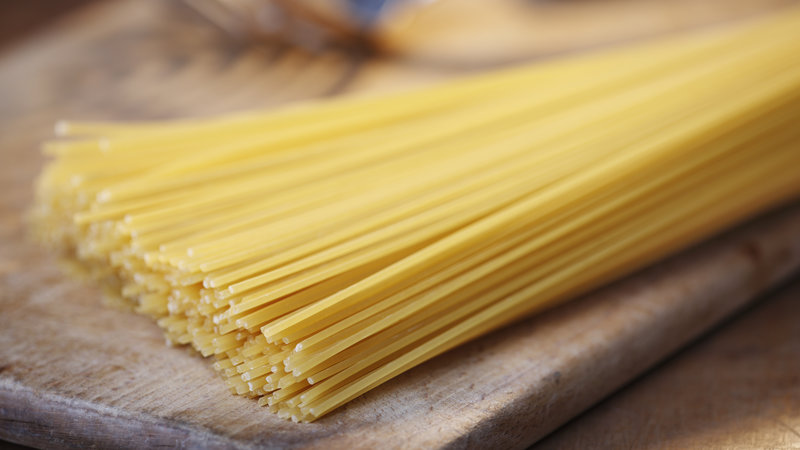
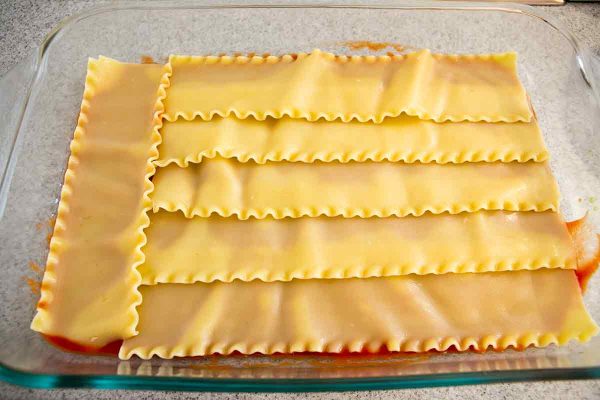
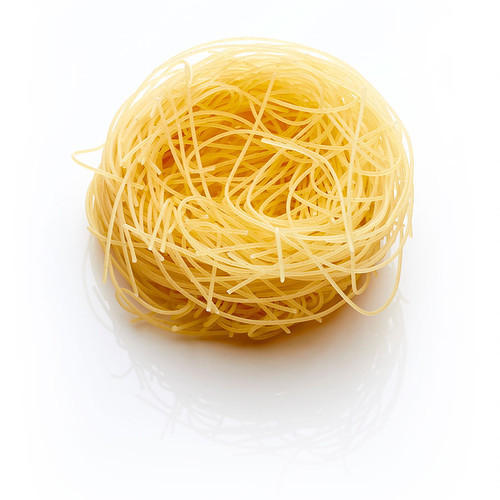

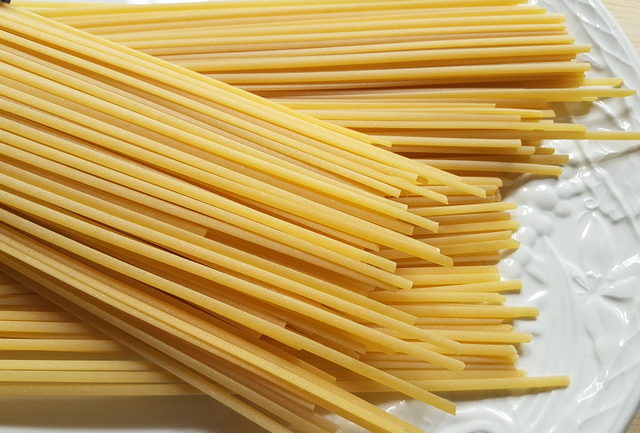
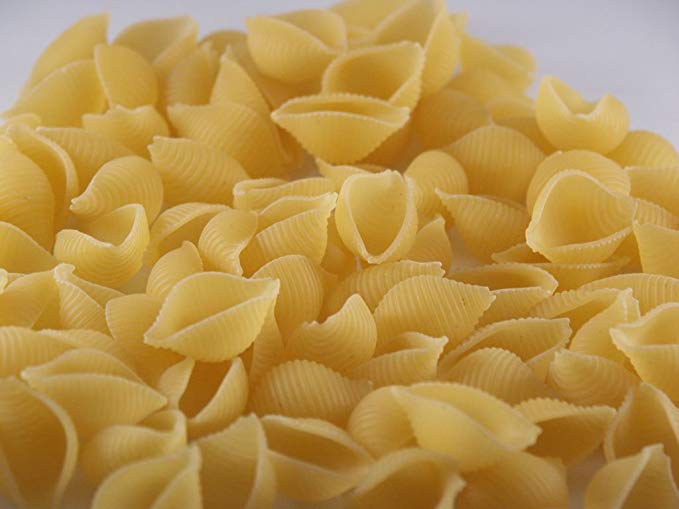
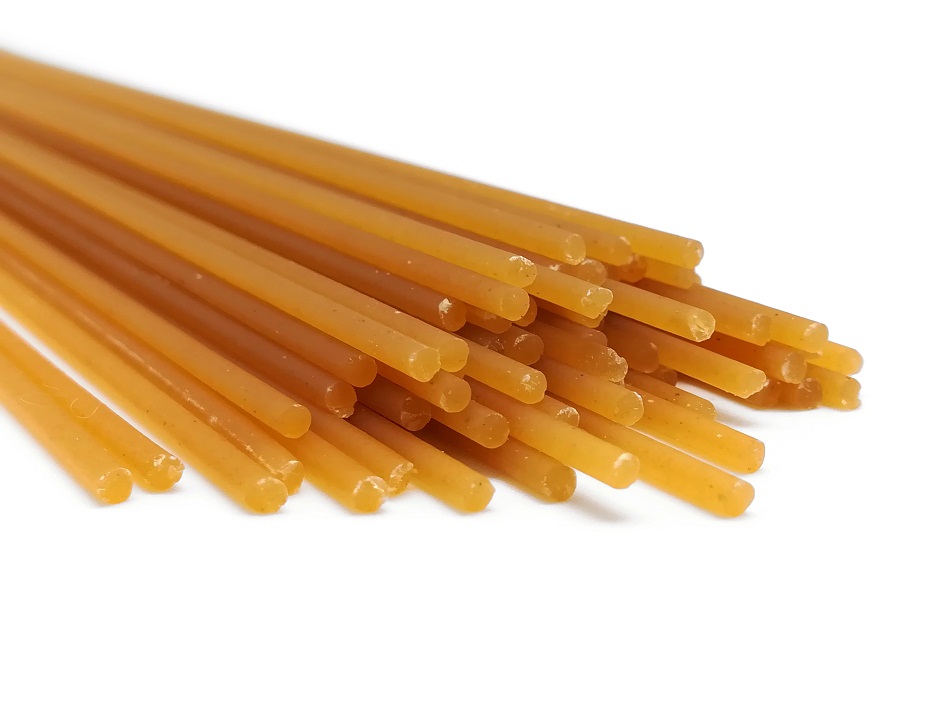

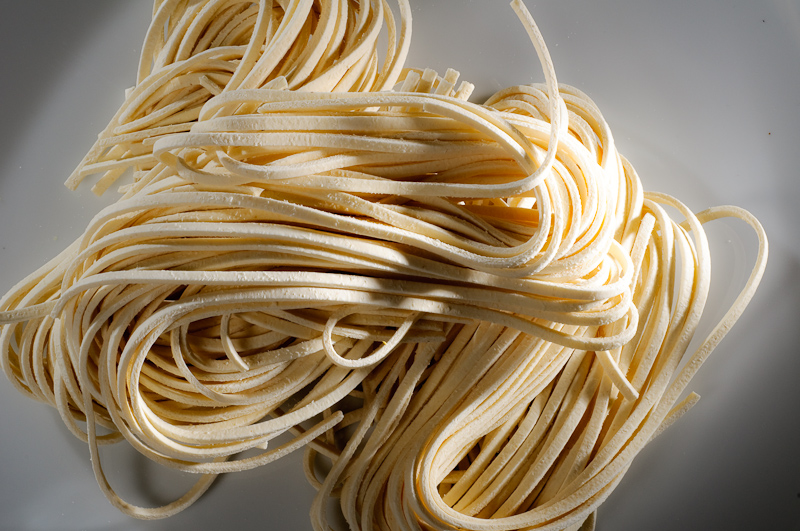
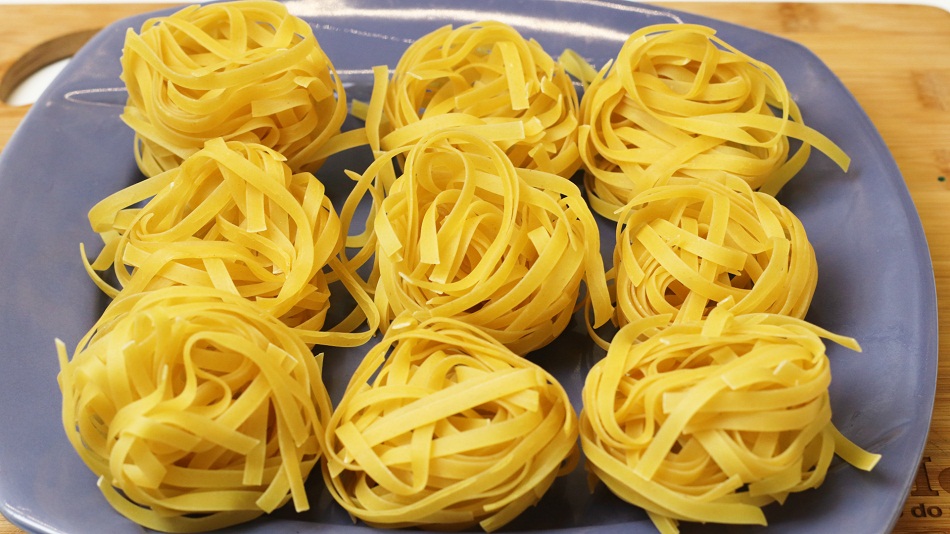
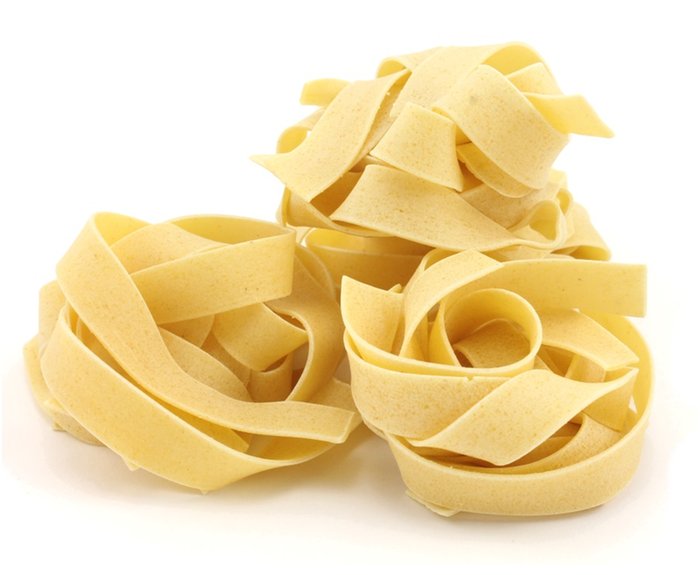
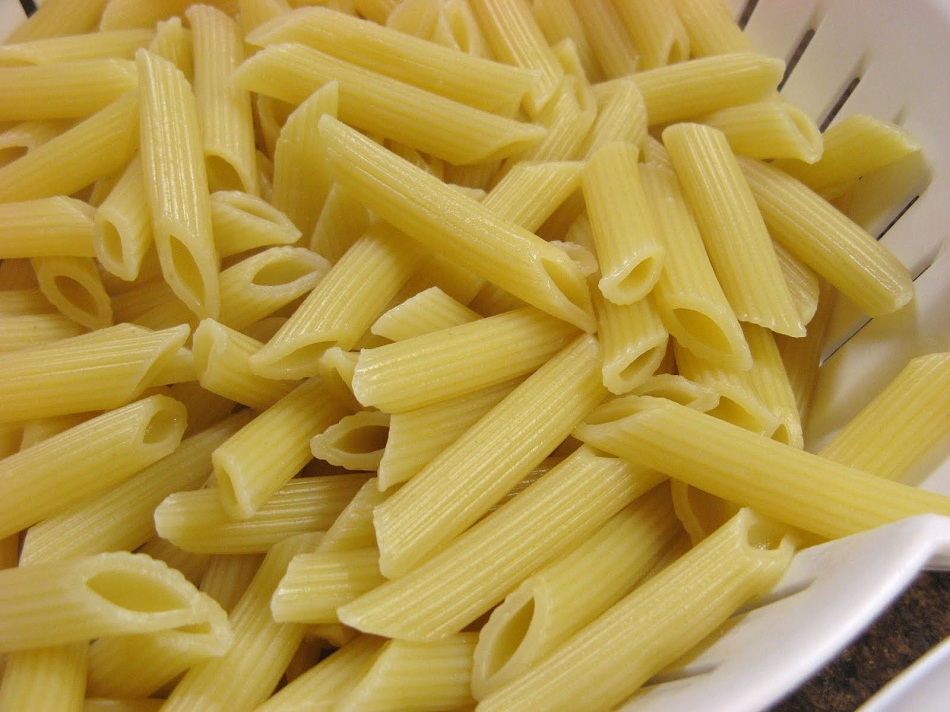
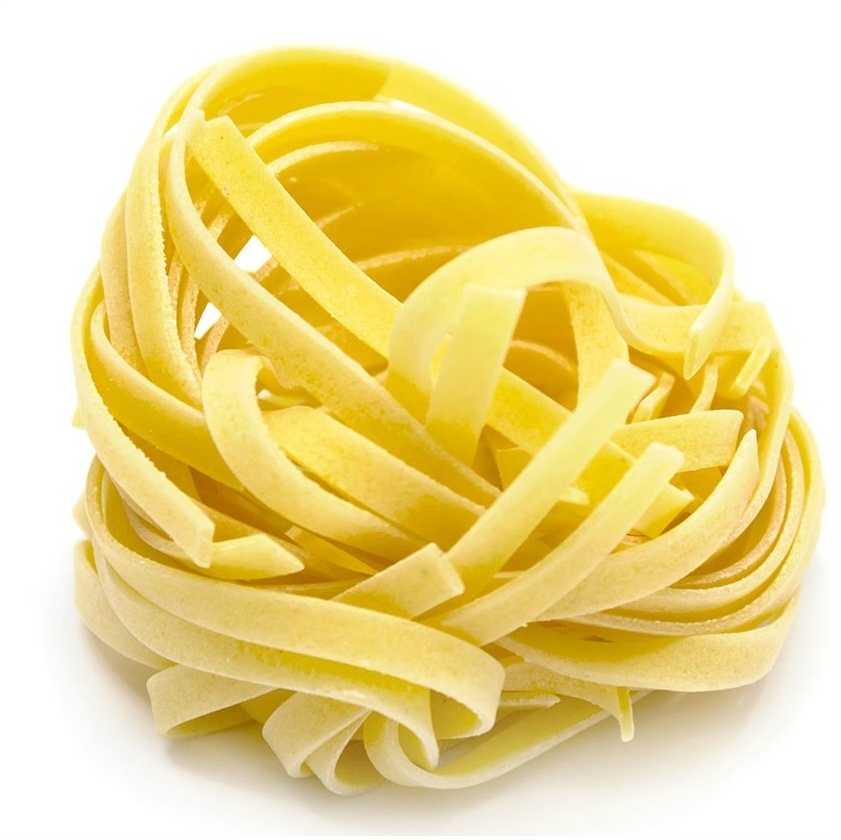
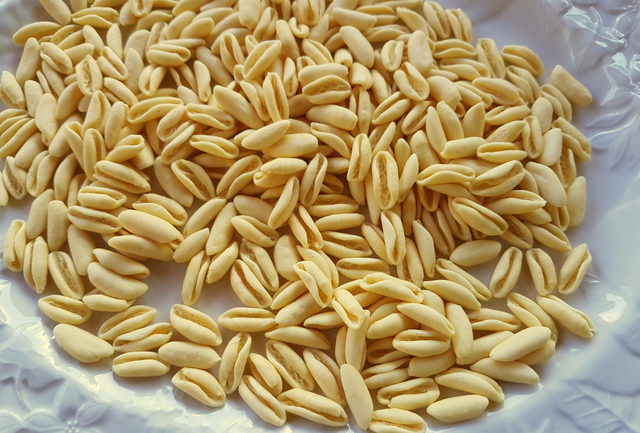
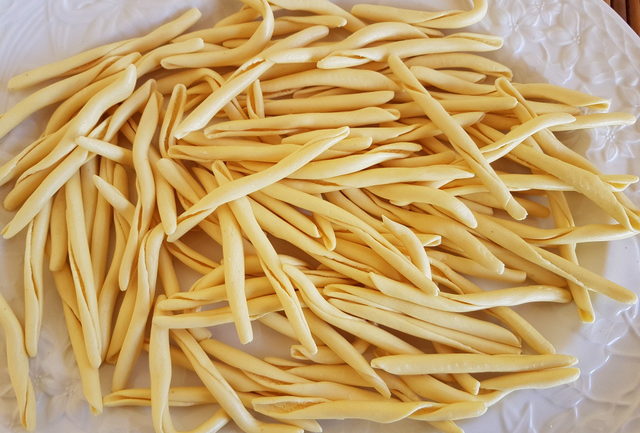
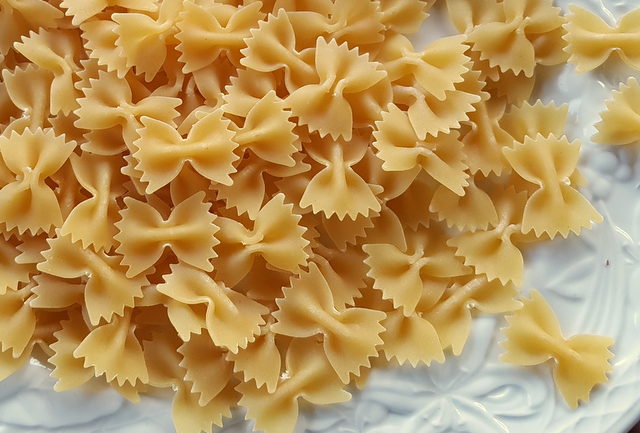
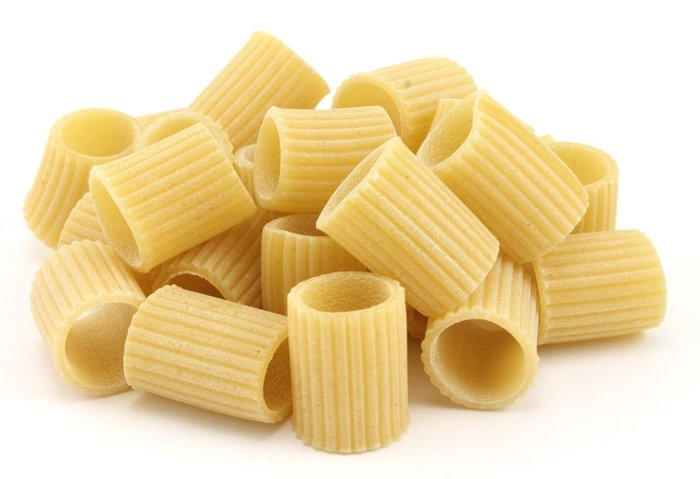

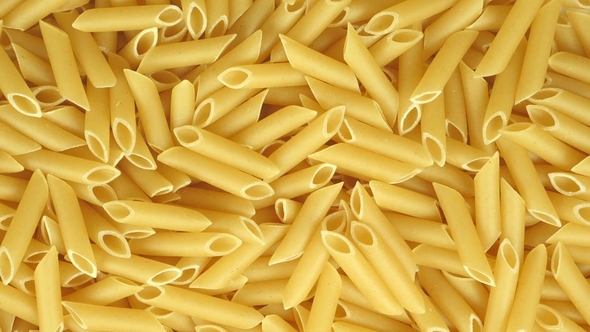
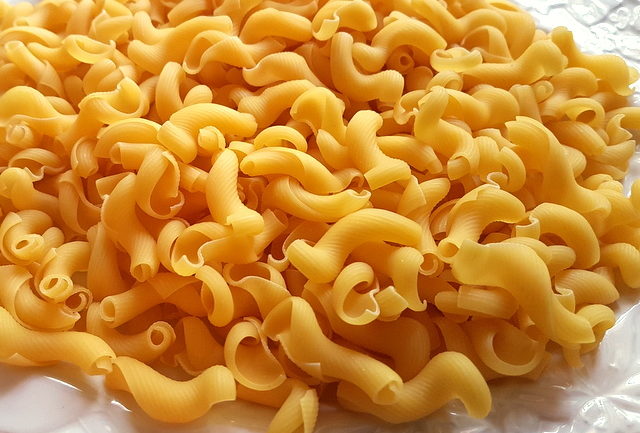
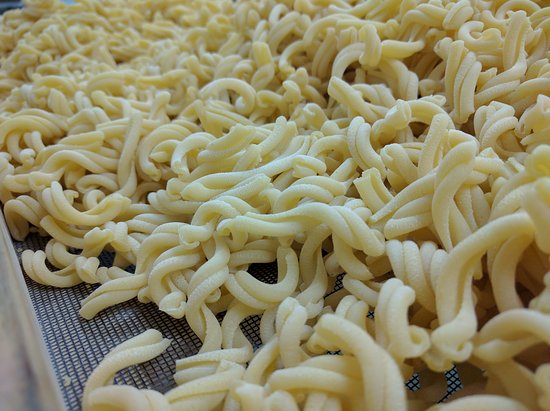
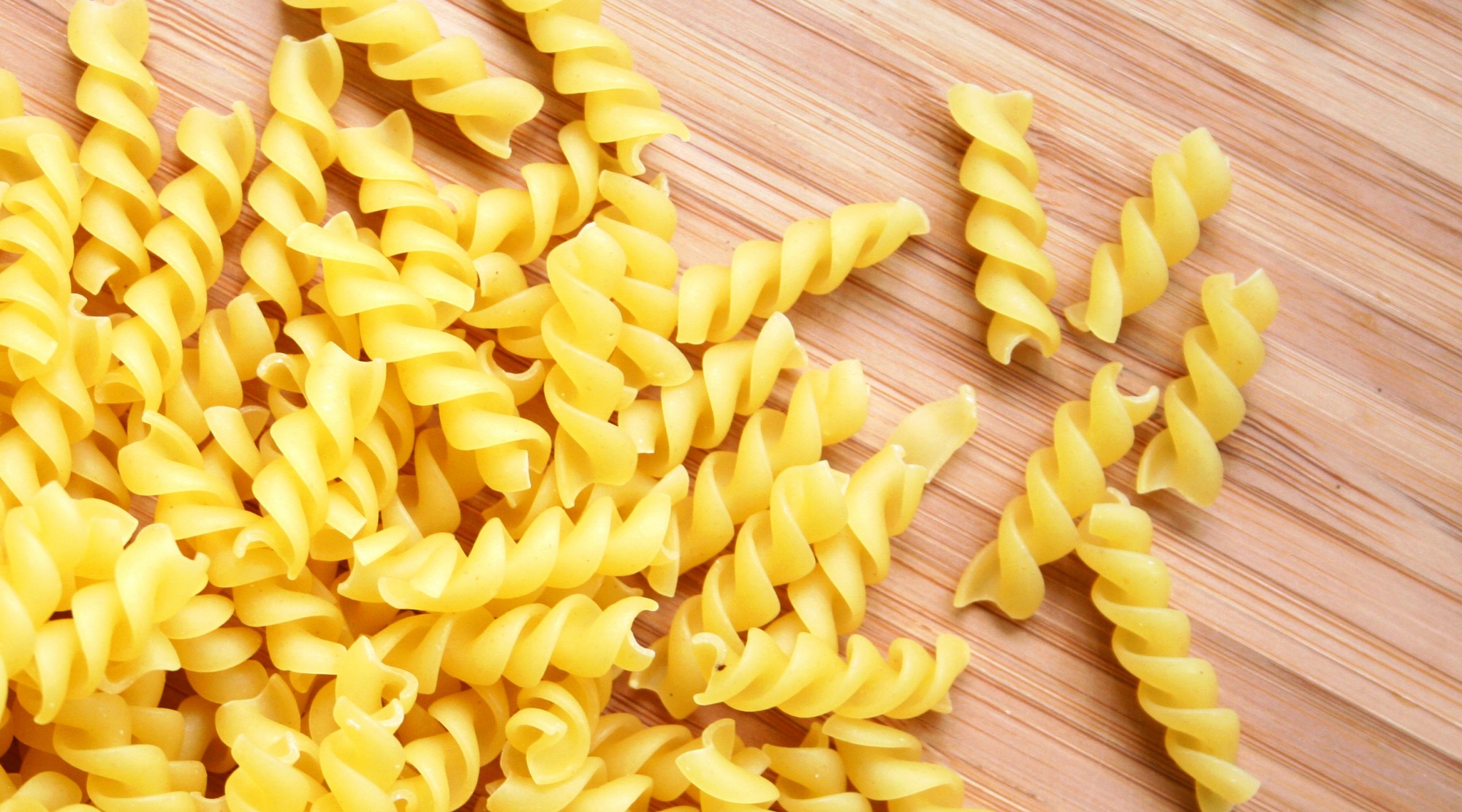
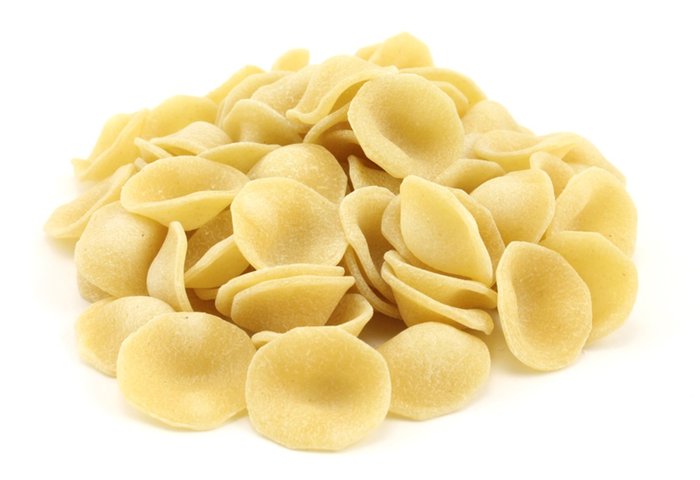
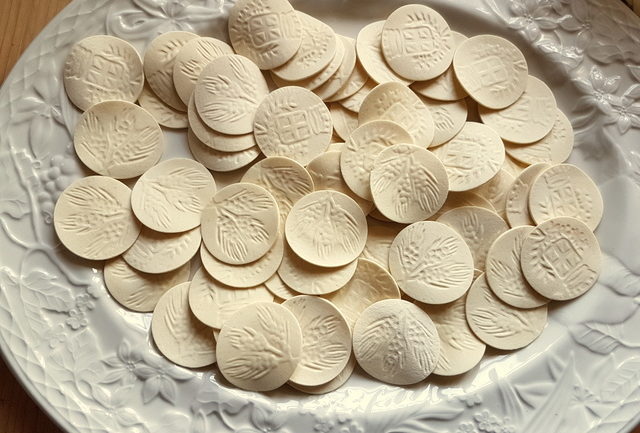
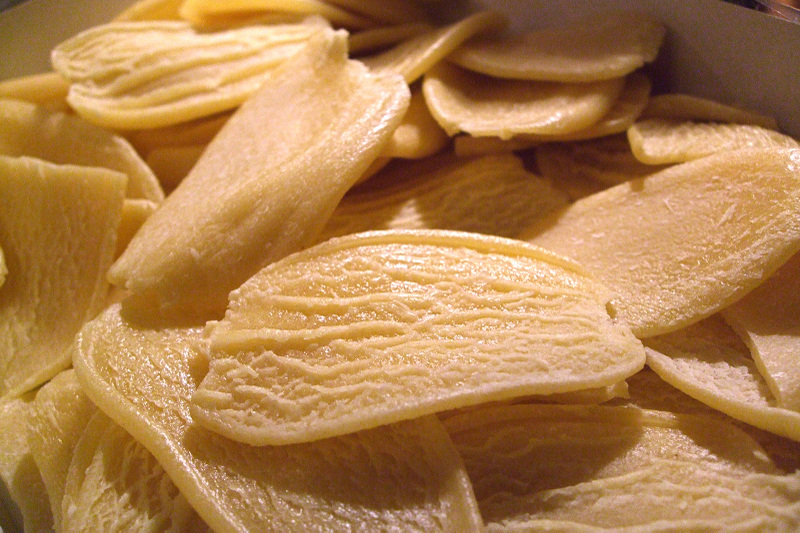
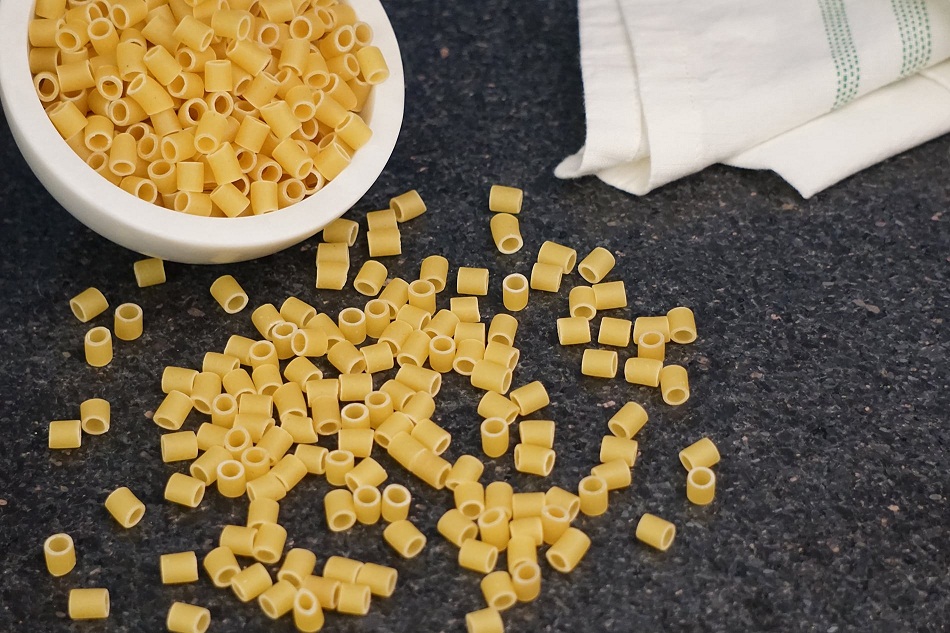
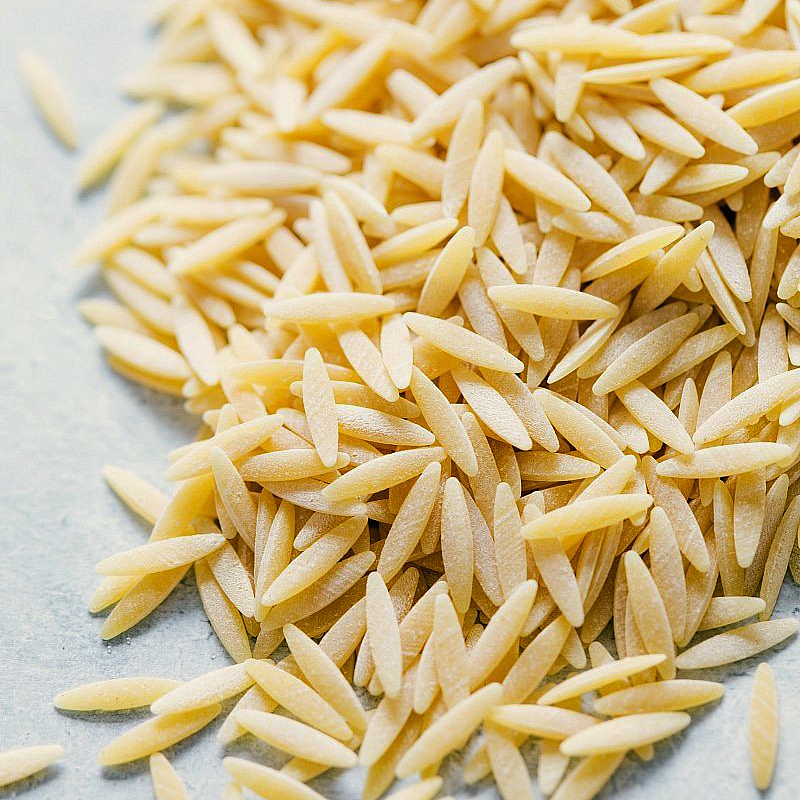

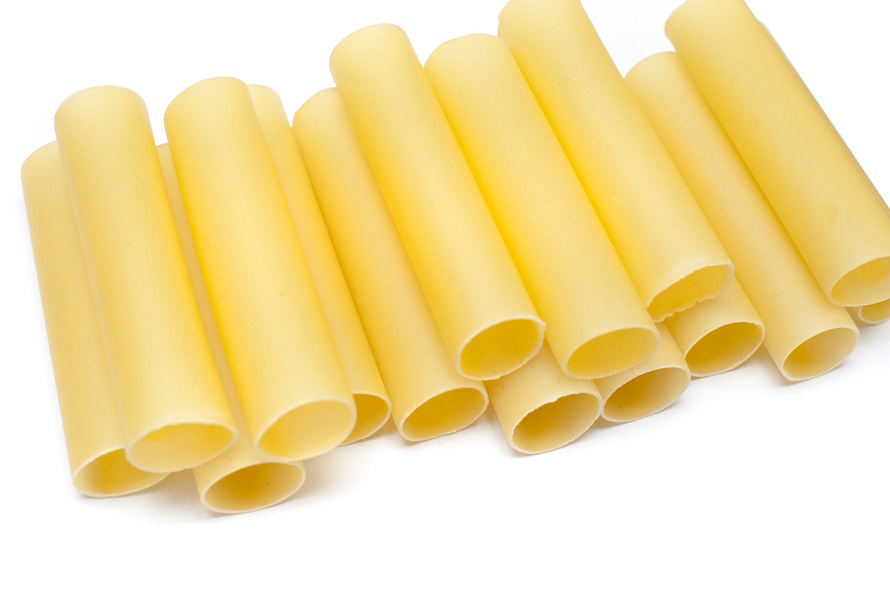
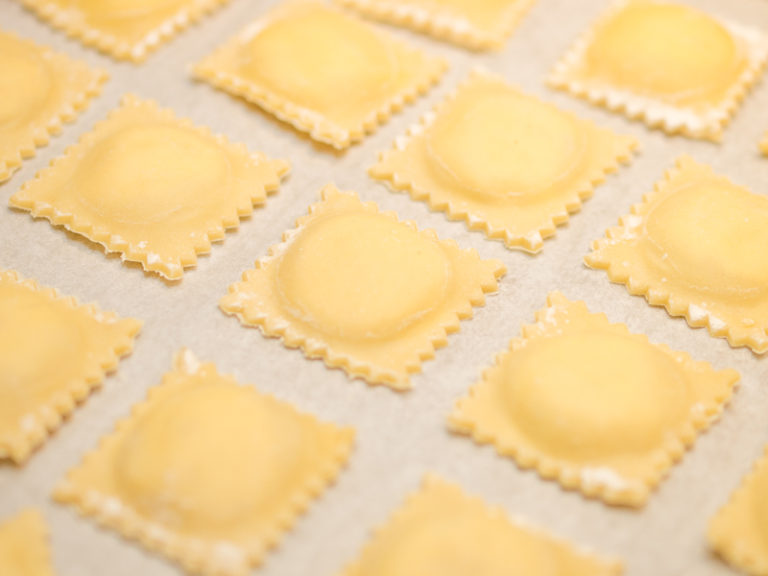
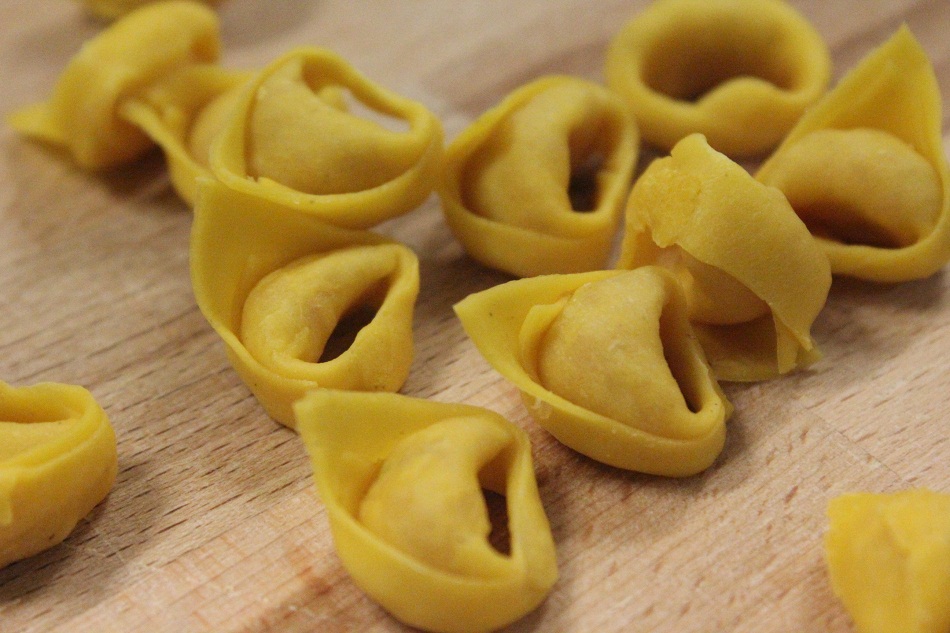
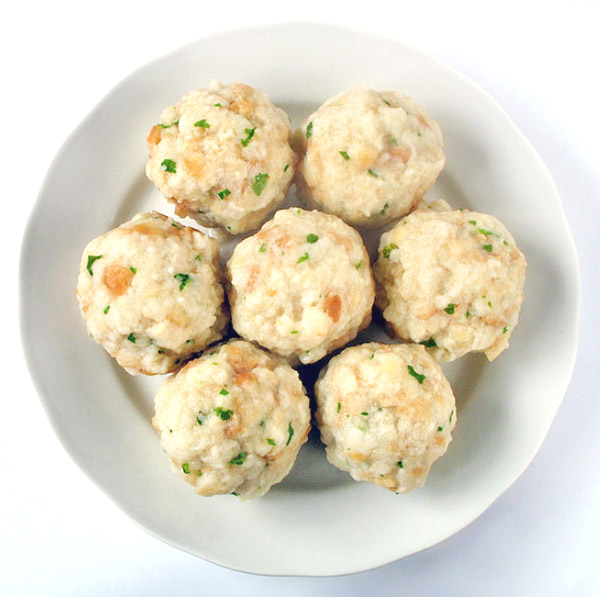
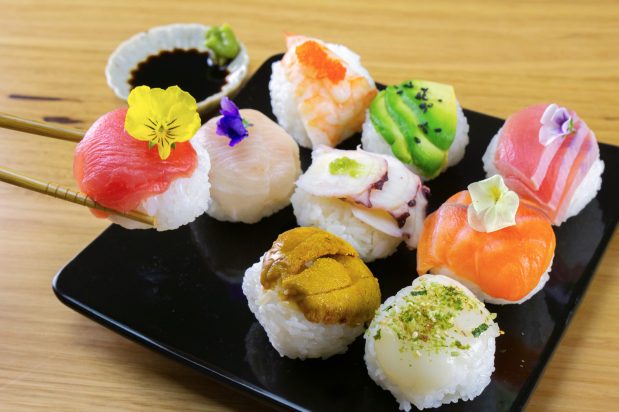
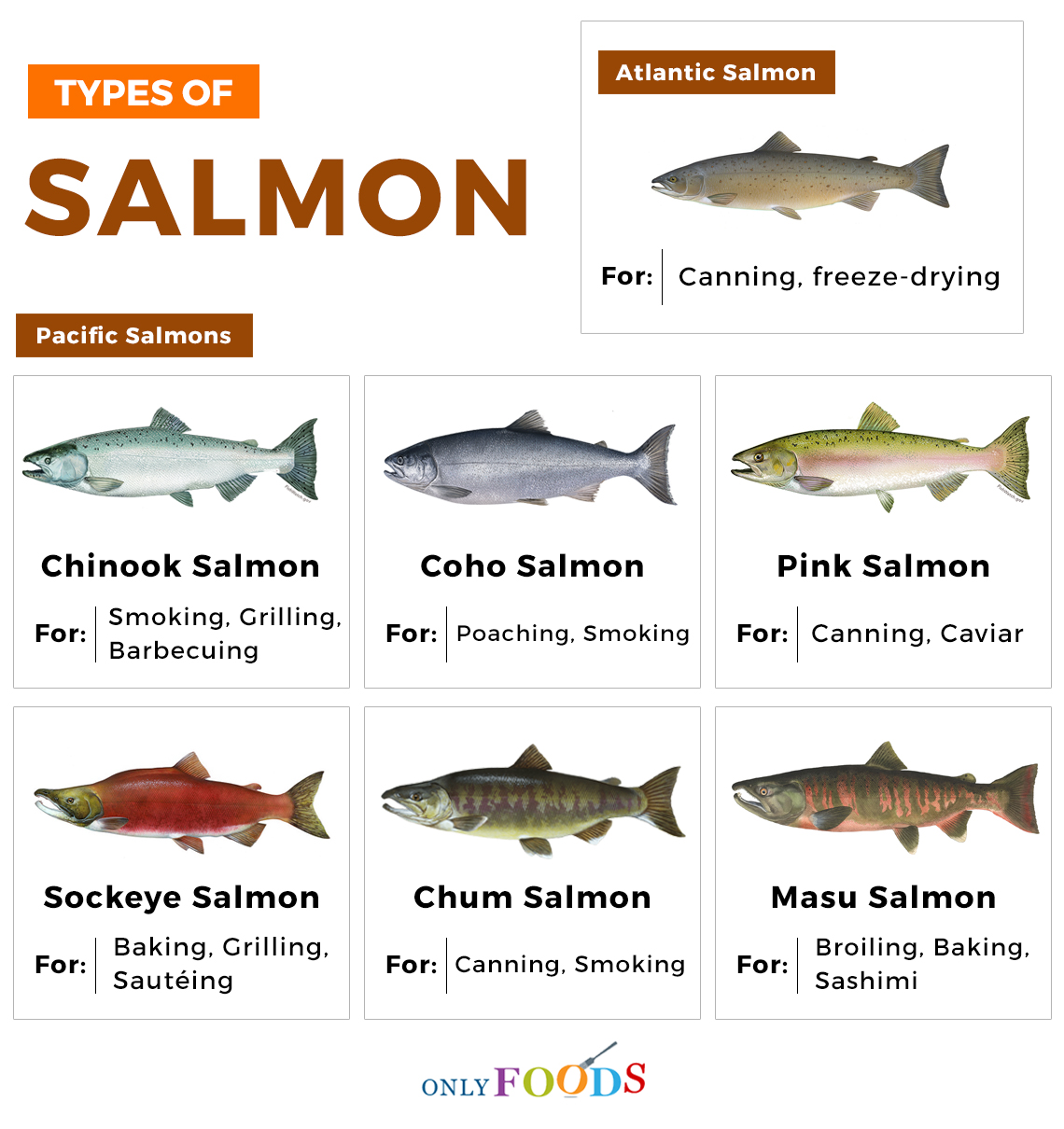
















Leave a Reply